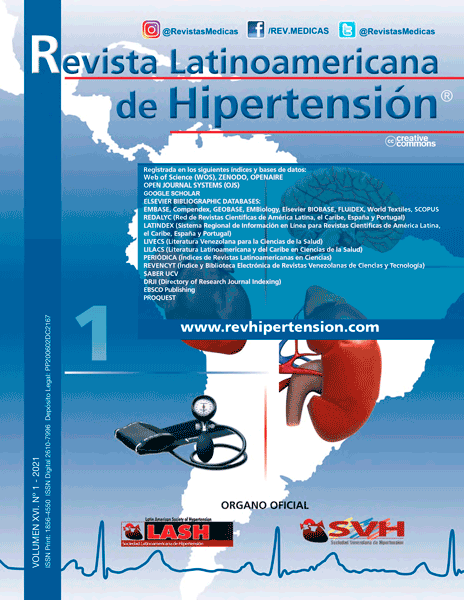Results of cerebral CTA in subarachnoid hemorrhage
Palabras clave:
subarachnoid hemorrhage, CTA, aneurysm, arteriovenous malformationResumen
Background: subarachnoid hemorrhage is bleeding within the subarachnoid space around the brain. It is a life threatening condition with incidence of 6-8 cases in 100,000 per year. Rupture of cerebral aneurysm is a common cause. Objective: to study the causes of subarachnoid hemorrhage that can be seen in cerebral CTA. Patients and methods: Data from 64 patients with subarachnoid hemorrhage were collected, when they were admitted to neurological ward. Data included gender, age, clinical presentations, presence of hypertension and diabetes, history of smoking and results of cerebral CT angiography. Result: Female gender was slightly higher than males. Mean age was approximately 50 years. Aneurysms were found in half of those who underwent CTA. All of detected aneurysms were in the anterior cerebral circulation. Discussion and conclusion: SAH is a life intimidating disorder with case death rate of 50%. Female gender is slightly higher with high incidence of aneurysmal SAH. Hypertension and smoking are risk factors for aneurysmal rupture. In those who underwent cerebral CTA, aneurysms were the most common pathology detected. All of them were in the anterior cerebral circulation. Early and easier collaboration between radiological, neurological and neurosurgical department are needed to facilitate patient management and decrease the mortality and morbidity.

